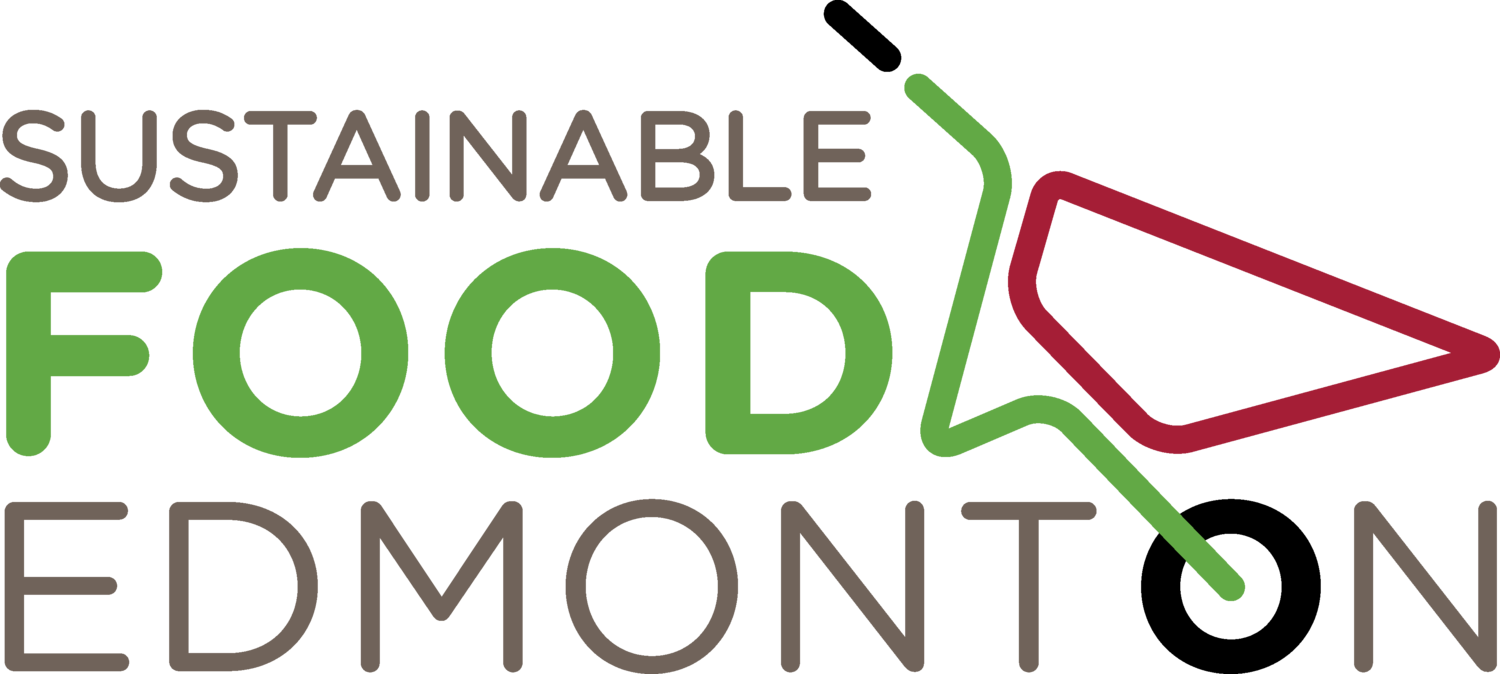Starting A Community Garden
A Community Garden is a group of people coming together to nurture, develop and sustain a growing space in their community. This type of garden reflects the area it serves; engaging, educating, building and strengthening community in a significant way. There are over 90 community garden sites now operating throughout the Capital region promoting local, organically grown food, healthy and active lifestyles and safer, more vibrant and connected communities.
There are many ways to start or manage a community garden.
• In order for a garden to be sustainable as a true community resource, it must grow from local conditions and reflect the strengths, needs and desires of the local community.
• Diverse participation and leadership, at all phases of garden operation, enrich and strengthen a community garden.
• Each community member has something to contribute.
• Connect with SFE's Community Garden Facilitator at cgfacilitator@sustainablefoodedmonton.org to help you make a community garden project a reality!
Step 1: Getting Started
Gather 9-12 people who are interested in and committed to starting a community garden. Look for individuals who are good organizers and enjoy being involved in their communities. Then contact us for a 1.5 hour “Starting a Community Garden Workshop” with our Community Garden Facilitator (CGF) and sign up for an Associate Community Garden membership for just $10.
Step 2: Organizing the Garden Group
In the beginning, organizing your garden group from the community and from those who will eventually be gardeners in the garden is crucial to building a strong and resilient community garden. Again, your CGF can provide you with the Organizing Your Core Leadership that you can use to develop your garden group’s capacity in making collective decisions.
Step 3: Engaging Community Support & Participation
Without community there can be no community garden. This may be the most time consuming piece of the process but it is foundational work upon which your garden can be a legacy for years to come and withstand future challenges and adversity. Engaging your community can take many forms including: information sessions, community events, a needs assessment, surveys, potlucks, design charrettes, etc. Your CGF can help with Engaging Community Support. This is also a good time to connect with your Community Recreation Coordinator (CRC) or Community Building Social Worker (SW) as great resources for engaging community support and participation.
Step 4: Choosing A Site
A good site will be visible, safe, centrally located, readily accessible by foot, car and transit, has the support of neighbours, has full sun exposure and easy access to water. Again, your Community Garden Facilitator has a tool called Selecting an Ideal Community Garden Site. You can also make use of the CG Site Evaluation Sheet (courtesy of Dovercourt CG) to help.
Step 5: Finding Out Who Owns the Site
Who owns the land that you are considering as a site for your future community garden? Your garden group needs to find out whom the landowner is in order to set up a land use agreement. A great resource for this is your CRC or SW. If you live outside of Edmonton, contact your local planning department, local councilor, or Land Registrar office. Your CGF has a list of Land Use Agreement Types for A Community Garden.
Step 6: Making a Case for the Space
Now that you know who the landowner is, you need to convince them that your community garden will be a great use of space while contributing to the overall community. This is when you will be demonstrating your commitment to maintain and improve the space. Your CGF has a tool called Making a Case for Your Community Garden.
Step 7: Designing Your Garden
Create a dream for your garden. Dream big but start small and work within your capacity. Your garden group needs to design a garden that reflects your commitments to the landowner and community while being true to the collective vision of the garden group. Choose the best area (soil, light, drainage) for the plots and less than ideal growing spaces for picnic tables, shaded and non shaded sitting areas and children's play spaces. Your CGF has an excellent Site Design Considerations & Maintenance tool to get you started.
Step 8: Creating Your Garden Budget
This is when the dream hits reality. You may need to adjust your site design depending on funding sources and what contributions you can access through the community. Your CGF has a Community Garden Budget Template and other resources that you can use to think about what your garden will cost to build and maintain.
Step 9: Signing Up Gardeners & Building the Site
You now have all the components ready to build your community garden. Getting the gardeners to sign up is important so that you have your construction team ready for the site build (which may be done over a couple of weekends). Your CGF has sample gardener contracts that you may wish to use to develop one of your own.
Step 10: Your Growing Community Garden
Congratulations! You did it! Now you can take advantage of many other amazing resources from Sustainable Food Edmonton – like Garden Signage, your own garden web page, connect with other gardens, workshops, and much much more! Make sure you renew or purchase your Associate Community Garden membership in the spring of each year (for just $10).
